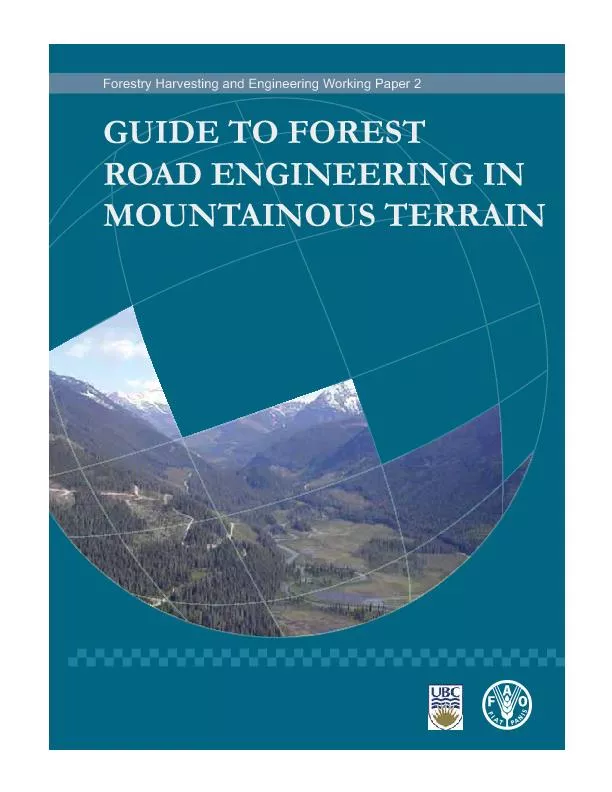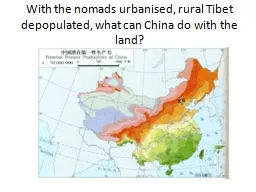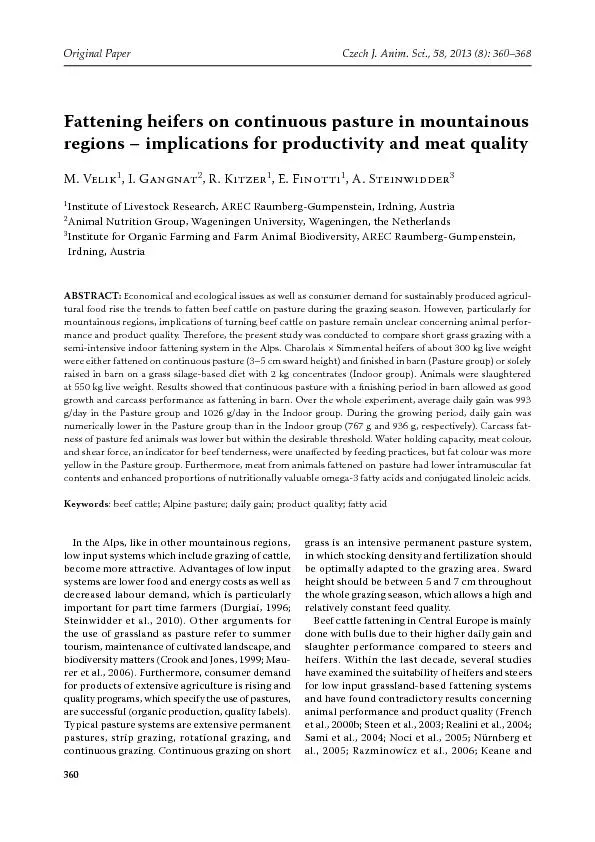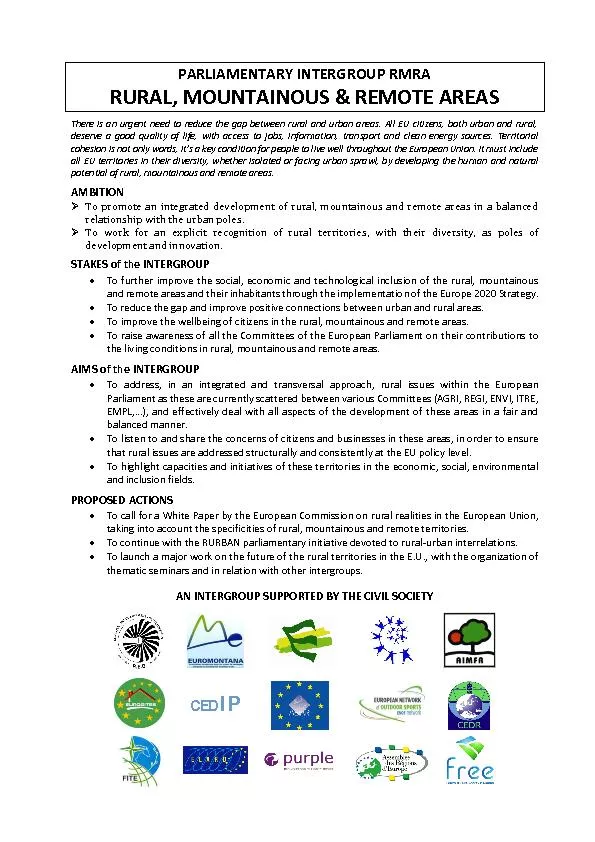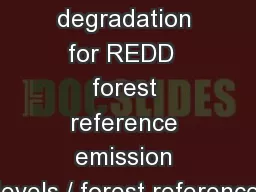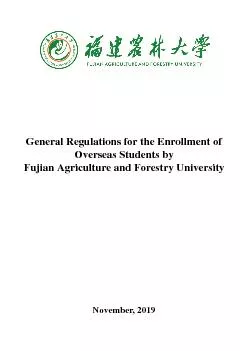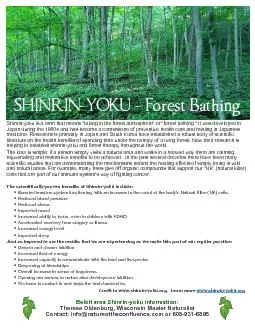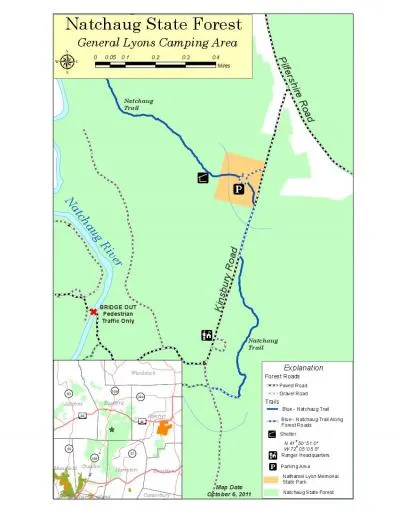PDF-GUIDE TO FOREST ROAD ENGINEERING IN MOUNTAINOUS TERRAINForestry Harves
Author : giovanna-bartolotta | Published Date : 2016-06-28
Foreword Forest Harvesting and Engineering Working Paper 2 GUIDE TO FOREST ROAD ENGINEERING IN MOUNTAINOUS TERRAIN R Jonathan FanninVancouver CanadaJoachim LorbachFAO
Presentation Embed Code
Download Presentation
Download Presentation The PPT/PDF document "GUIDE TO FOREST ROAD ENGINEERING IN MOUN..." is the property of its rightful owner. Permission is granted to download and print the materials on this website for personal, non-commercial use only, and to display it on your personal computer provided you do not modify the materials and that you retain all copyright notices contained in the materials. By downloading content from our website, you accept the terms of this agreement.
GUIDE TO FOREST ROAD ENGINEERING IN MOUNTAINOUS TERRAINForestry Harves: Transcript
Download Rules Of Document
"GUIDE TO FOREST ROAD ENGINEERING IN MOUNTAINOUS TERRAINForestry Harves"The content belongs to its owner. You may download and print it for personal use, without modification, and keep all copyright notices. By downloading, you agree to these terms.
Related Documents

